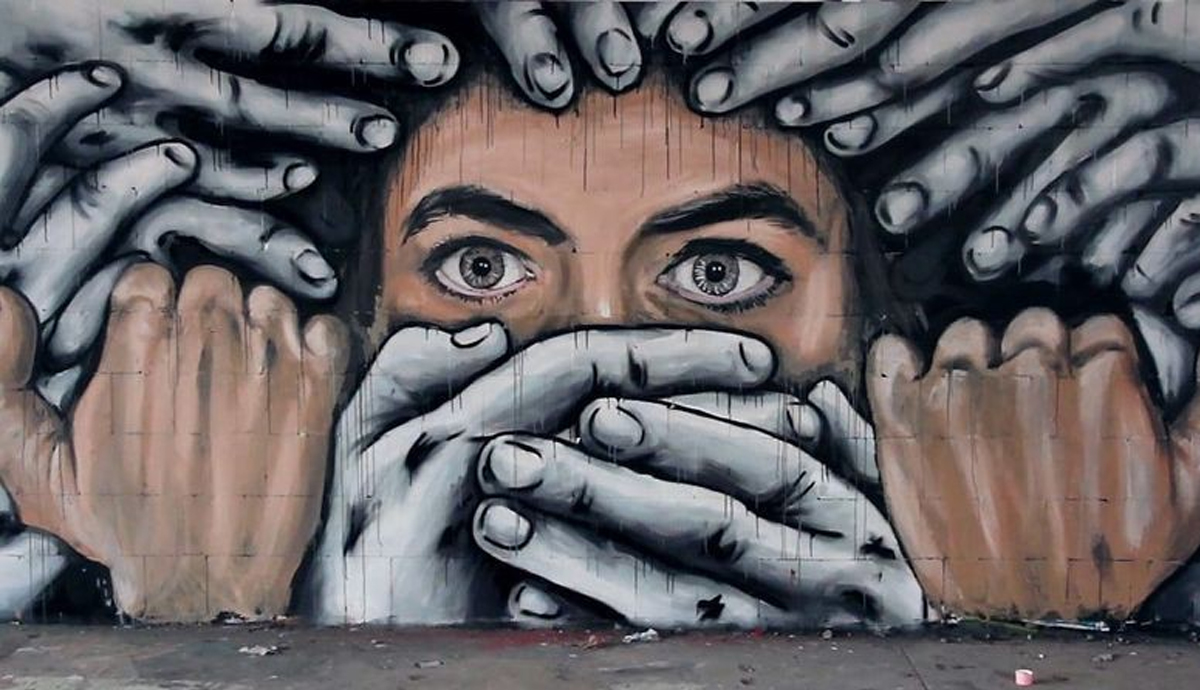RIO DE JANEIRO, BRAZIL – The Chapultepec Index measures the state of press freedom in 22 countries in the Americas. It is conducted by experts from the Andrés Bello University of Venezuela and was presented for the second time this Wednesday (20) during the General Assembly of the Inter-American Press Association (IAPA).
The results show that Uruguay and Chile are the only countries in the Americas with unrestricted press freedom, with Uruguay being the country with the highest score. In contrast, countries such as Nicaragua, Cuba, and Venezuela do not have this fundamental right.
It was also found that press freedom has decreased in Argentina and increased the most in the Dominican Republic.

One of the experts who collaborated in the study, León Hernández, noted that between the country at the top of the list and the last place there is a difference of 78.39 points. These are Uruguay with 84.10 points and Venezuela with 5.71 points.
The average score of all American countries is 55.61 points, with a theoretical maximum of 100, which is 4.19 points more than the first edition of the Index.
The study’s data covers the period from July 31, 2020, to August 1, 2021, and has been adjusted to reflect reality compared to the previous survey. In addition to the adjustments to the measurements, the number of experts consulted for the survey was doubled by ten per country. “Authoritarianism is being perfected,” said IAPA President Carlos Jornet.
The measurement of press freedom is based on four dimensions: informed citizens who can express themselves freely, the practice of journalism, violence, and impunity, and control of the media. These four dimensions provide a “snapshot” of the state of press freedom in a country. It also provides a way to see where each organization’s weaknesses and strengths lie.
IAPA Executive Director Ricardo Trotti said during the presentation that he was pleased that only Latin American countries (Uruguay and Chile) are among those with total press freedom.
Canada, for example, ranks fifth among countries with few restrictions. Jamaica (third), the Dominican Republic (fourth), Costa Rica (sixth), Peru (seventh), Paraguay (eighth), and Panama (ninth) are also in these ranks.
The United States, on the other hand, is in the group of countries with partial restrictions and occupies 10th place in the table. In the same area are Honduras (11), Colombia (12), Ecuador (13), Argentina (14), Bolivia (15), Mexico (16), and Guatemala (17).
In the very restrictive range, the level before the “no press freedom” section are El Salvador (18) and Brazil (19). Bringing up the rear are Nicaragua (20), Cuba (21), and Venezuela (22).
Specialist Hernández pointed to the case of the Dominican Republic, which has risen ten places compared to the previous Index, Ecuador by four and the United States by three. All the improvements are related to the political changes in each country.
The countries that dropped are Argentina, which lost twelve places, and Mexico, five. These are the two cases where the situation worsened compared to the first Index (May 2019-April 2020).
The Index dates back to the Chapultepec Declaration, adopted by the Hemispheric Conference on Freedom of Expression in Mexico City in 1994.
Contributors to the Index include Grupo Sura and Fundación Bolivar, companies from Colombia, and Edward and Karen Seaton from the United States.
During the 77th IAPA General Assembly, which will be held in virtual sessions from October 19 to 22, today’s focus was on discussing each country’s press freedom reports. These will be adopted at the end of the assembly.

